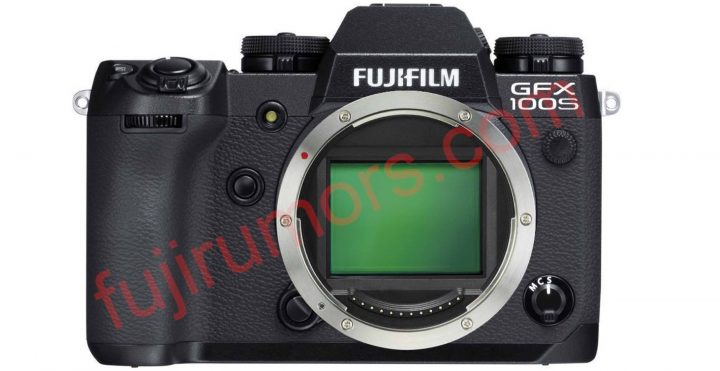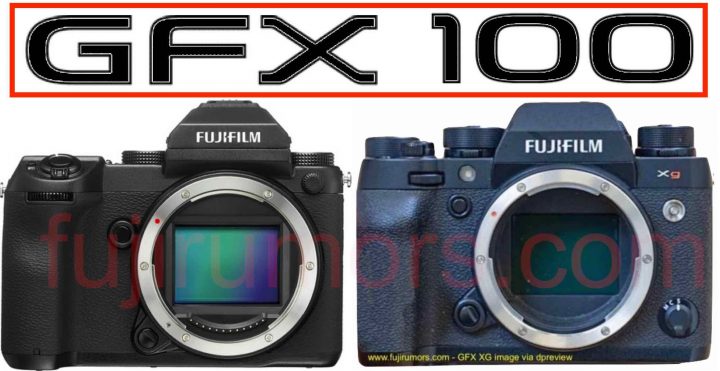Fujifilm GFX100S is the Name of New GFX Camera, Suggesting no Rangefinder Style – Leaked Specs Recap

Fujifilm GFX100S
FujiRumors has shared the first rumors about “a new Fujifilm GFX100” already back in October already.
Since then, we have shared several rumors, which you can read down below. All trusted, all sure, all confirmed.
What we haven’t shared so far, is the name of the new Fujifilm GFX camera.
Well, today we can tell you that it will be called Fujifilm GFX100S.
Please note that it will be called GFX100S, and not GFX100R, which seems to indicate it will be DSLR styled and not rangefinder styled camera.
GFX100S Rumor Recap
- New Fujifilm GFX100 with IBIS will be “About as Big” as Fujifilm GFX50S
- Smaller Fujifilm GFX100 will Have IBIS and Coming Early 2021
- Next Fujifilm GFX with 102 Megapixel (not Monochrome) and Much Smaller than Fujifilm GFX100
- New Fujifilm GFX Camera Coming First Quarter 2021
Links for GFX fans:
- Fujifilm GFX facebook group – interact and enjoy work done with GFX
- Fujifilm GFX facebook page – get only GFX news
Follow FujiRumors on Patreon, Facebook, Instagram, RSS-feed, Youtube, Flipboard and Twitter



